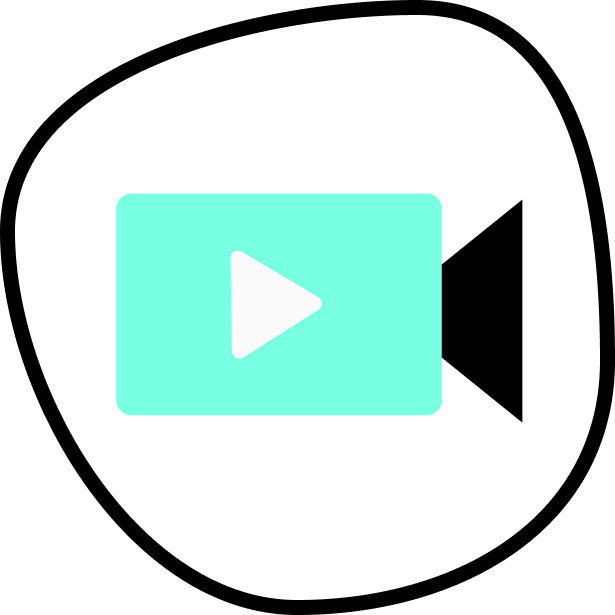A first hand account of a day in the life spent working in UX Research, from a UX researcher.
This first hand account of what it is like to work as a UX researcher. This account has been shared on the condition of anonymity to protect clients and sensitive research findings.
As a UX researcher, I’ve had the opportunity to delve deep into the minds and behaviors of users. In doing so, I have uncovered crucial insights to inform product development and design. UX research can be a challenging career, and it’s not for everyone. It requires a unique blend of skills, including a keen eye for detail, strong analytical abilities, and excellent communication skills. It also requires a high level of empathy and the ability to put yourself in users’ shoes. This can be emotionally draining at times as users unload all of their frustrations and annoyances. It’s a career that’s full of ups and downs, twists and turns, and plenty of moments where I’ve found myself wondering, “What am I doing here?”. But one thing it never is, is dull.
I work as a UX Researcher at a research agency. Most UX Researchers work for a particular company (like Re-View or Google for example) and focus on one product only. But an agency, we have the opportunity to work on a wide range of projects for different clients. Each come with their own unique set of challenges, rewards and (ahem) interesting clients. There are lots of specialist UX agencies out there like Sutherland Labs, Loop and Bunnyfoot to name three. What they all have in common is that when you work there, you are not allowed to share your research publicly. That’s why I’ve decided to share my experiences anonymously and forego any mention of client names. In doing so, I hope I can provide a candid and honest perspective on what it’s like to work as a UX Researcher. So let’s get into it.
What are the good bits about working as a UX Researcher?
On the upside, UX research can be incredibly rewarding. There’s nothing quite like the thrill of discovering a new insight that hits you right between the eyes, or identifying a pain point and seeing it fixed in a software product used by millions of people a few days later. It’s a chance to make a real difference in the world of technology and design, and to see your work have a tangible impact on the products and services that users interact with every day. At times, it’s pretty epic.
I’ve had my fair share of memorable experiences, but none quite as hilarious as the time I was working on a project for an ecommerce website.
We were tasked with gathering insights on how users navigate through the website and identifying any pain points or areas for improvement. We’d decided to use asynchronous video as a way to collect initial responses from users of the product. And, to be honest, things were looking pretty bleak at the outset. The video responses we got back were saying things like the website is clunky and confusing. To make matters worse, we weren’t totally sure our clients would buy into the changes. So we took things to the extreme and introduced a new tool into our research arsenal: a giant inflatable hammer.
We figured that if users were struggling to navigate the website, we might as well make it fun. So, we invited a dozen users into our office and set up a station where users could navigate the website in front of us. In order to drill the point home, we asked users take a break from navigating the website whenever they felt frustrated and vent their frustrations by smashing the hammer against a giant foam wall which had printouts of the website on it. To our surprise, it worked like a charm.
Not only did the inflatable hammer provide a much-needed stress outlet for users, it also helped us gather valuable insights into their frustrations and pain points. As it turns out, seeing users literally hammering away at the website helped us identify a host of issues and really conveyed the message to our clients that things needed to change.
In the end, the website underwent a major overhaul and was relaunched to widespread acclaim. And while the inflatable hammer may not have been the most conventional research tool, it played a crucial role in helping us turn things around and deliver a product that users loved.
But it’s not all sunshine, rainbows and inflatable hammers.
What are some of the not so good bits?
There are also the inevitable setbacks and failures that come with any career. As a UX researcher, I’ve encountered my fair share of projects that haven’t gone as planned. This is either because of unexpected challenges or simply because the research didn’t yield the insights we were hoping for or the team weren’t receptive to them. It can be disheartening at times, but it’s all part of the process. I remind myself that with every experience you learn a little bit more.
One project that stands out is a time my team were working for a ride hailing app. We were tasked with gathering feedback on the app’s design and functionality, and everything was going pretty smoothly. We had already interviewed users over remote video. However, we wanted to see users use the app in real life so we decided to take a field trip! We figured the best way to get a truly authentic view of how users interacted with the app was observe them while they were on the road, waiting for a car or trying to organize a large group outing. So, we piled into the research van and hit the road, eager to see what insights we could uncover. This is where things started to go awry.
At first, things were going great. Cars were turning up on time and in the places they were meant to be. Users were hailing rides, chatting with drivers, and navigating through the app with ease. But as the day wore on, things started to take a turn for the worse. One of our researchers accidentally left their phone in a car and had to frantically track it down. One of the users we were speaking with had a family emergency and had to rush off before we finished. Then, we got completely lost going to our next interview and missed interviewing the next participant entirely. And then, just as we were wrapping up for the day, our van back to the office got a flat tire!
What a day. As the sun started to set and the temperature dropped, we found ourselves stranded on the side of the road, trying to flag down passing cars for help. It was a far cry from the controlled environment of a research lab or the comfort of a Zoom call from home, but it was interesting to say the least! And the irony of the whole thing was that we had spent our day testing a ride-hailing app, and we couldn’t hail a ride!
Looking back on it now, it was a funny and unusual experience, full of unexpected twists and turns. But it was also a reminder of the importance of being prepared and having a plan B (or C, or D) in case things don’t go as planned. And, in the end, it was all worth it for the insights we gained and the changes we were able to make to the app based on what we learned.
What’s the two sentence summary of what’s it like to work as a UX Researcher?
Overall, a career in UX research is a rollercoaster ride, full of highs and lows, twists and turns. But for those who are up for the challenge, it can be an incredibly rewarding and fulfilling way to make a difference in the world of technology and design.
Just be prepared for a wild ride.

